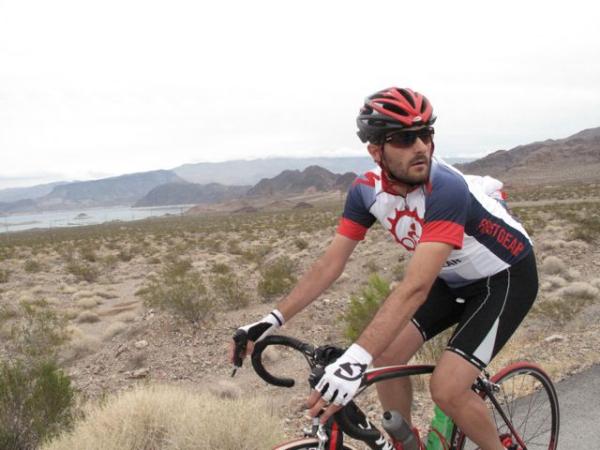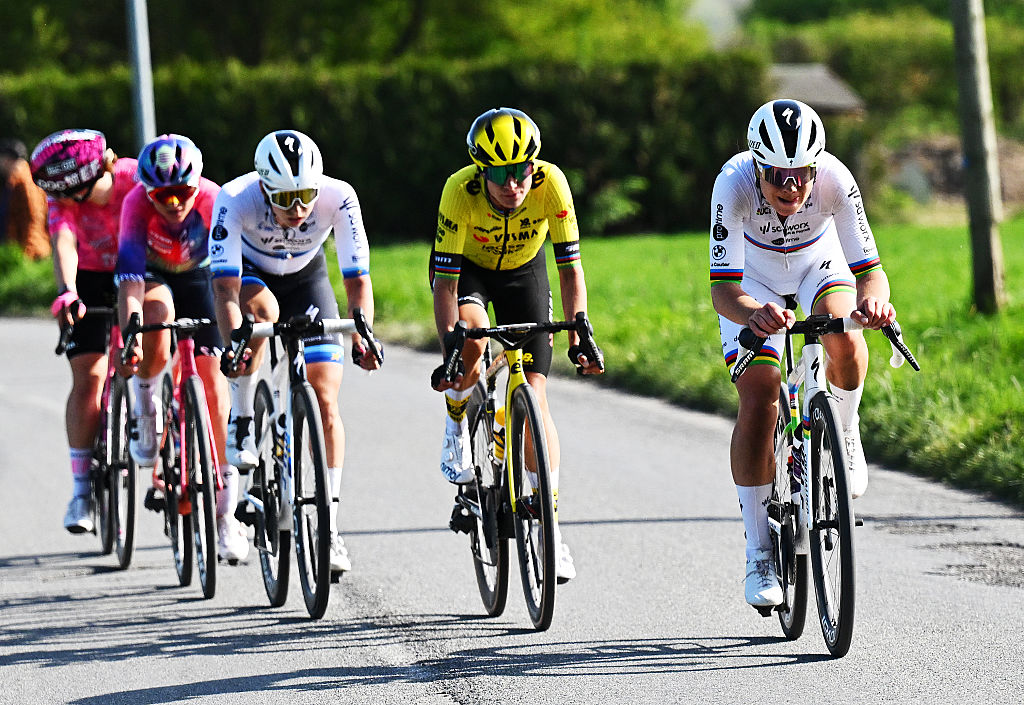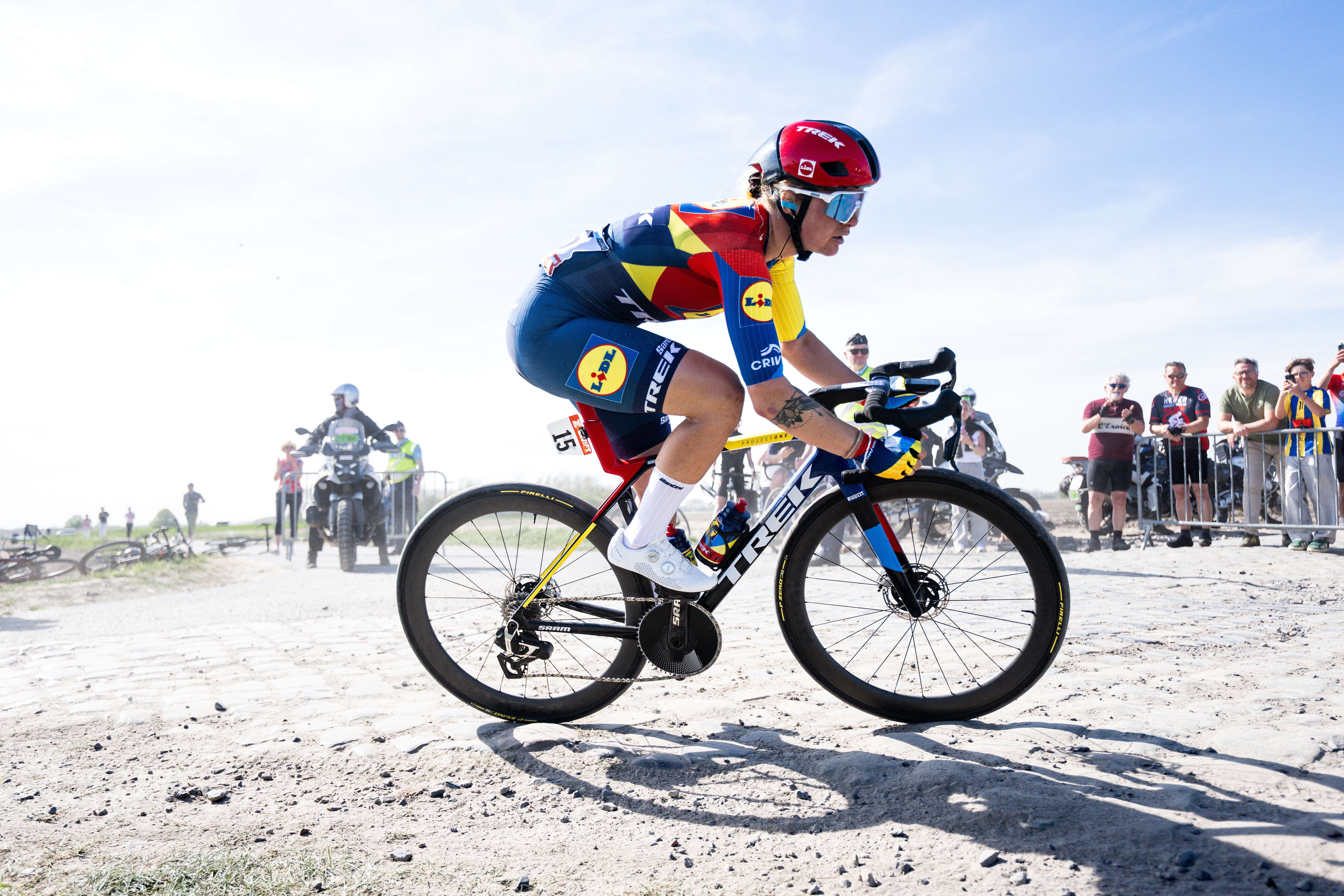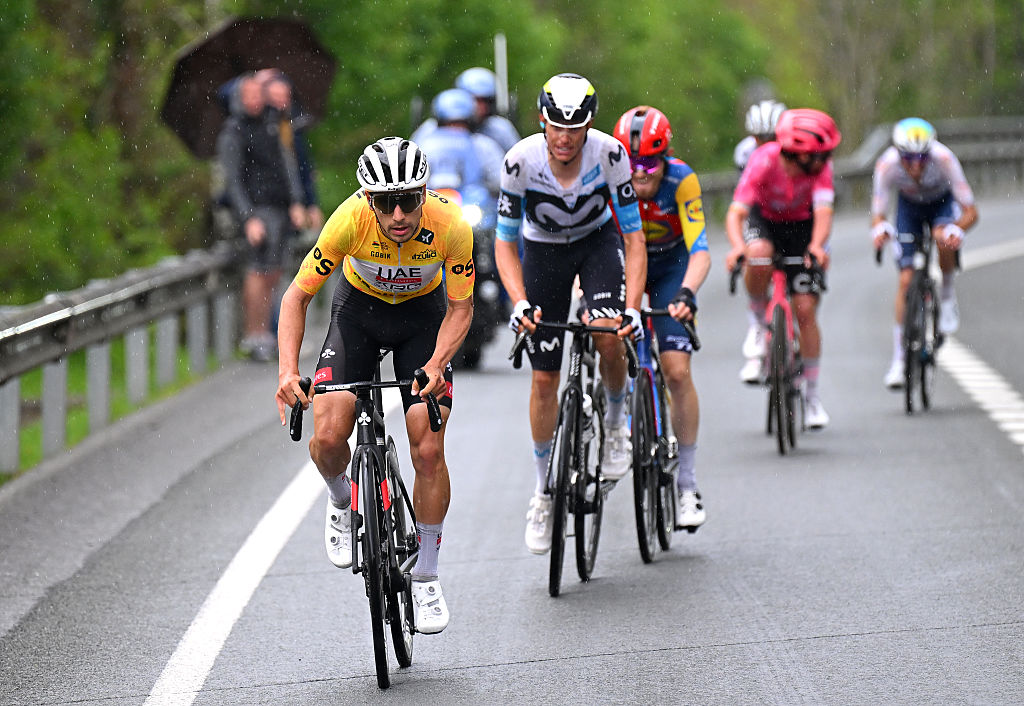Giro d’Italia 2021: The Essential race preview
Route and rider analysis as Bernal, Hindley, Sagan, and Evenepoel take on the first Grand Tour of the season

After last year’s calendar disruption, the Giro d’Italia returns to its traditional slot with the Grande Partenza in Turin on Saturday May 8, and the final stage ending in Milan on Sunday May 30.
In between those two dates is a Grand Tour full of heritage and history as well as a route that avoids much of southern Italy but traverses a wide range of terrain and offers something for every type of rider the chance to shine.
The overall impression is that this edition of the Giro d’Italia is inescapably demanding. The first week is littered with hurdles, the final week consists of two blocks of brutal mountain stages, while the second week is just as crucial with several potential pitfalls and opportunities for rivals to ambush each other.
As George Bennett (Jumbo Visma) recently told Cyclingnews, ‘the winner will not be able to exhale until they’ve crossed the line in Milan.’
The 2021 Giro d’Italia will cover a total of 3,479 kilometres over 21 stages, with two individual time trials (adding up to just 38.9km in total) bookending the race.
There are seven major mountain stages, a batch of dangerous intermediate days, two stages with gravel sections, and a handful of chances for the collection of sprinters on show. The race is focused towards the north of the country but it dips into Slovenia and then Switzerland during stages before returning to home soil.
The epic Monte Zoncolan features but the tappone – Queen stage – comes on stage 16 with the race set to climb Passo Fedaia, the Passo Pordoi, and the Passo Giau in the Dolomites before the descent to the finish in Cortina d’Ampezzo.
The 2,239m Passo Pordoi will award the Cima Coppi prize as the race's highest point, while there are several less-known, yet crucial, ascents in the third week on which the race should open up and invite aggressive racing.
No plot would be complete without its characters and after a dearth of headliners last year the Giro d’Italia has a star-studded cast.
Egan Bernal will lead the Ineos Grenadiers squad, while Mikel Landa (Bahrain Victorious), Alexander Vlasov (Astana-Premier Tech), Dan Martin (Israel Start–Up Nation), Hugh Carthy (EF Education-Nippo), Simon Yates (Team BikeExchange), João Almeida (Deceuninck-QuickStep), George Bennett (Jumbo-Visma), Vincenzo Nibali (Trek-Segafredo), Bauke Mollema (Trek-Segafredo), Jai Hindley (Team DSM), Emanuel Buchmann (Bora-Hansgrohe), Pello Bilbao (Bahrain Victorious), Marc Soler (Movistar), and Pavel Sivakov (Ineos Grenadiers) underline the profound depth within the race.
In the sprint department, Elia Viviani (Cofidis), Peter Sagan (Bora-Hansgrohe), Dylan Groenewegen (Jumbo-Visma), Caleb Ewan (Lotto Soudal), Tim Merlier (Alpecin-Fenix), Fernando Gaviria (UAE Team Emirates), and Giacomo Nizzolo (Qhubeka Assos) are all set to feature.
Giro d’Italia race route
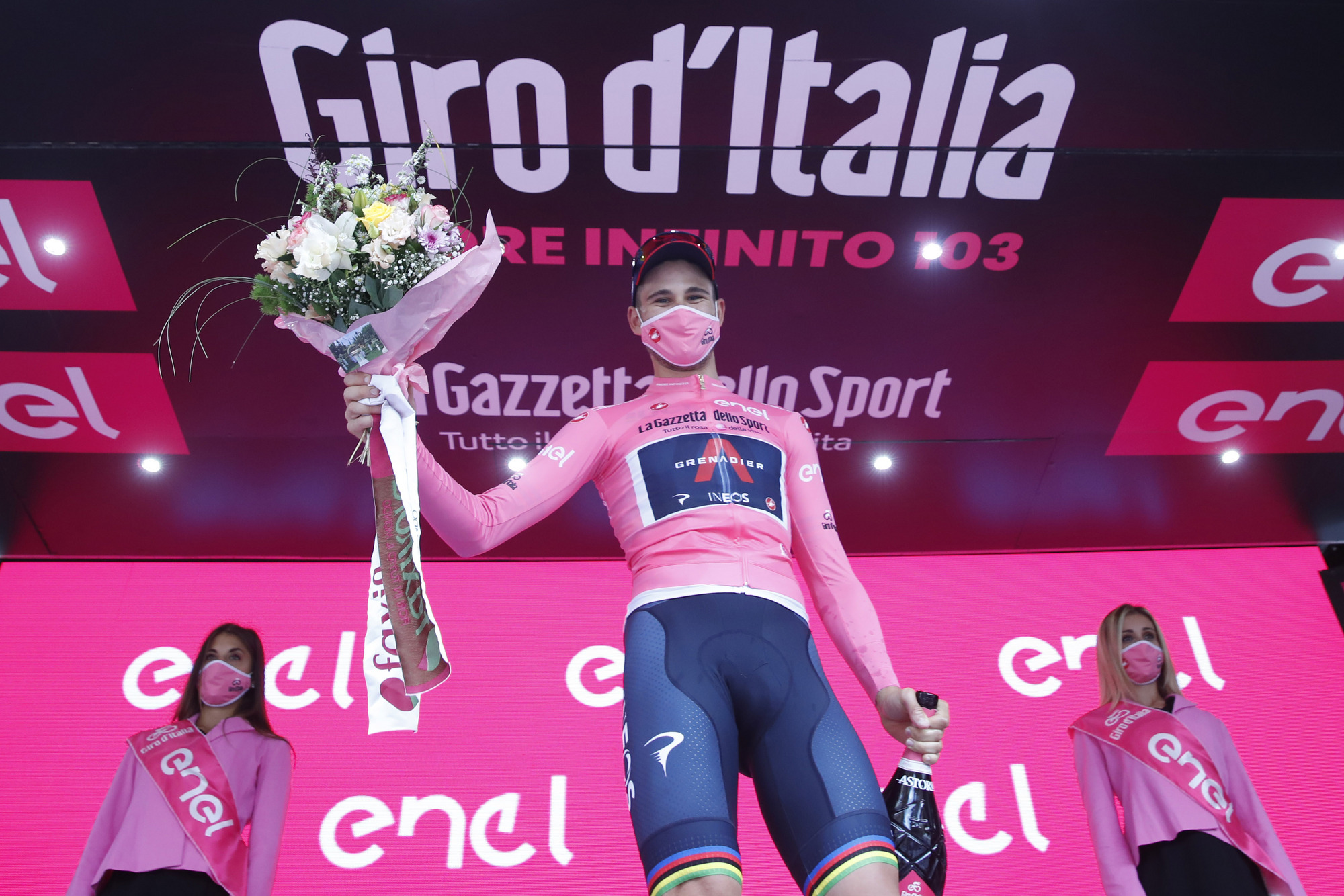
Turin is the chosen battleground for the opening 8.6 kilometre time trial stage on May 8.
The Piedmont city has been used to kick-start the Giro twice before, back in 1961 and 2011, when Italy commemorated its 1861 unification and this year marks the 160th anniversary of that date.
The almost pan-flat stage route will favour time trial world champion Filippo Ganna (Ineos Grenadiers), who won the opening test last year in Palermo before picking up two other time trials and a road stage along the way.
Although relatively short in distance, the opening stage will provide insight into which of the GC contenders have arrived in top form and who is still edging towards their optimum condition. The time gaps should remain relatively small and relatively inconsequential by the time the race concludes but a morale-boosting performance could be key – especially for the GC contenders who have been absent from racing for several months.
Stage 2 to Novara should provide the first instalment of action for the sprinters but the following day to Canale could be anything but simple. There are four categorised climbs in the second half of the stage, meaning that several pure sprinters could be distanced. If the weather takes a turn for the worse this could quickly become a fraught day of racing.
The same could be said for stage 4 between Piacenza and Sestola. As with the previous day, all the climbing is portioned off into the second half of the 186 kilometres, and while the profile lends itself to a break, there’s enough climbing in the little-known Apennines to expose any weaknesses within the GC contenders as they climb the final ascent of the Colle Passerino.
The first genuine marquee day for the climbers and overall contenders comes on stage 6 from Grotte di Frasassi to Ascoli Piceno. Although just 160 kilometres in length, riders will face 3,400 metres of vertical climbing with the first real summit finish of the race coming on the 15km San Giacomo pass. Before that point, the stage takes on the Forca di Gualdo and then the Forca di Presta before a long and steep descent towards the final climb.
The outcome of the stage could well depend on the weather and the wind direction, with the true contenders keen to save their power for later in the week but historically speaking the first true summit finish always shines a light on one or two riders who arrived at the Giro full of hope but must subsequently reassess their aims after losing substantial time.
Stage 7 reverts back to the sprinting domain with a 180 kilometre jaunt from Notaresco to Termoli but the following stage dips into the mountains once more with back-to-back stages featuring uphill finishes across the Giro’s second weekend.
The first stage between Foggia and Sanframondi is the easier of the two encounters and takes the Giro to its most southerly point this year, and looks ideal for a breakaway.
The second category climb of the Bocca della Selva will soften up the field but it’s the
climb toward the finish that will do the real damage. The road starts to climb with around 11 kilometres to go and gradually becomes steeper with sections of 15 per cent ideal terrain for the punchy climbers to shine.
Gravel grinding at the Giro d'Italia
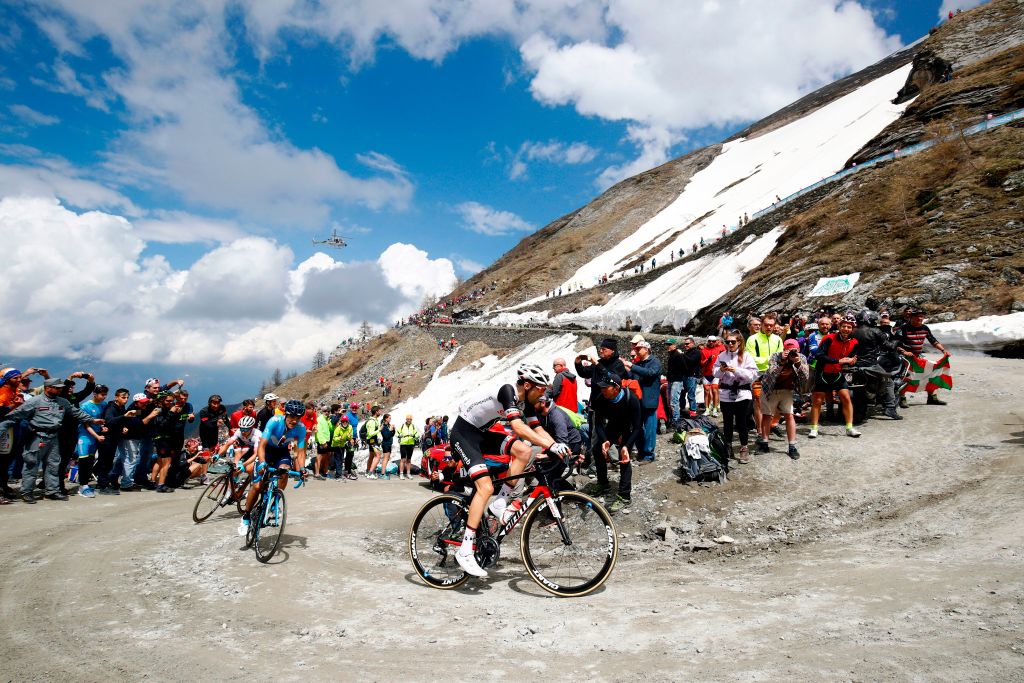
A more clearly defined picture in regards to the maglia rosa will be provided on stage 9, the hardest day of racing so far.
The stage is only 160 kilometres in length but with several tough climbs, and the final 106 kilometres raced over the dirt roads and so at the Campo Felice finish line, the gaps could be significant.
There are six climbs on route, two of them uncategorised, and 3,400 metres of climbing. The race will truly open up on the Ovindoli ascent, which tops out with 23 kilometres go before a shallow descent and then the steepening climb and the gravel roads to the finish.
The riders will then have to wait for their traditional rest day, with the second Monday instead occupied by a relatively flat day of racing between L’Aquila and Foligno and another day for the sprinters before the race can take stock and enjoy a well-deserved day of rest on Tuesday May 18.
Giro d'Italia overall leader: Maglia rosa (pink jersey
Points classification leader: Maglia ciclamino (cyclamen jersey)
Mountains classification leader: Maglia azzurra (blue jersey)
Young riders classification leader: Maglia bianca (white jersey)
The race restarts with the most anticipated stages of the Giro for several years with 35.2 kilometres of strade bianche dirt roads broken down into four key sectors before the road climbs to Montalcino – the famous setting where Cadel Evans won an iconic stage of the race back in 2010.
Riders will race on 35km of dirt roads in the final 70km of the stage, climbing the Passo del Lumo Spento up to Montalcino twice. The gaps between the contenders and stage hunters could redefine the entire race. If there’s rain, as there was in 2010, then this could become another legendary day in the history of the Giro. It will surely be a turning point in the race.
There’s little respite after stage 11 and the riders are back for more climbing with what RCS Sport has described as a “queen stage across the Apennines” on stage 12, with 3,700 metres of climbing between Siena and Bagno di Romagna.
There are four categorised hills within the stage but in truth it rarely has a meter of flat and although the finish ends with a downhill section the race could easily fracture at various points. On paper, this is a day for a break but after so much intense racing, it will take a super strong team to control proceedings. This stage has ambush written all over it.
Stage 13 to Verona will allow the sprinters their last day to occupy the podium before stage 14 tears into the mountains with a 204 kilometre stage from Cittadella to the top of the Monte Zoncolan.
The Castello di Caneva and Forcella di Monte Rest come before the final legendary steep ascent. Although the race tackles the ‘easier’ side of the Zoncolan the peloton will still have to take on pitches of over 9 per cent before the final section of the climb hits an average of 13 to 14 per cent.
After the Zoncolan only a handful of riders will be in contention for the maglia rosa, with the rest of the pack left fighting for minor places.
Stage 15 looks perfect for a break or even a bunch gallop if the sprinters’ teams have anything left but stage 16 is undoubtedly the toughest stage in the entire race and Queen stage of the 2021 Giro d’Italia.
In Simon Yates’ words, the brutally tough 212 kilometres between Sacile and Cortina d’Ampezzo ‘looks filthy’ and it’s hard to disagree.
In total, riders will tackle 5,700 metres of climbing through the Dolomites and with a rest day on the horizon, everything will be left out on the road as the peloton tackle three first-category ascents and the Cima Coppi, the highest climb of the race.
The climbing starts with the La Crosetta before the Fedaia pass and the Passo Pordoi, the highest point of this year’s race, are tackled in quick succession. The descent and then undulating roads then point towards the Passo Giau, a 10 kilometre slog with an average gradient of 9.1 per cent. The descent from the Passo Giau is hardly a walk in the park and dives down to Cortina d'Ampezzo.
The final haul
After the second rest-day on Tuesday May 25, the race dives once more into the mountains with three of the next four stages featuring summit finishes.
First up comes stage 17 with 193 kilometres from Canazei to Sega di Ala. The majority of the stage is flat or descending but the landscape dramatically changes with two major ascents inside the final 50 kilometres of racing.
First up is the 16.5 kilometre first category Passo di San Valentino, which has pitches of over 13 per cent. Riders who have forgotten their climbing legs could be jettisoned without remorse on the climb’s early slopes but the main fireworks will be saved for the final climb to the summit of Sega di Ala. It’s 11.5 kilometres in length, with an average gradient of 9.5 per cent. The time gaps on this climb could stretch into minutes rather than seconds.
Stage 18 from Rovereto to Stradella across the Lombardy plain offers some valuable respite with the sprinters allowed their final stage on which to shine before stages 19 and 20 serve up back-to-back summit finishes of the highest caliber.
Stage 19 from Abbiategrasso near Milan to Alpe di Mera contains three ascents within 176 kilometres of racing with the Mottarone – making its first appearance since 2011 – coming before the Passo della Colma (8.7km at 5.5 per cent) and then the lung-busting final ascent of the Alpe di Mera.
The varying gradient on the climb may suit explosive attacks and the punchier climbers but after almost three weeks of racing this could come down to a battle of wills as much as raw power.
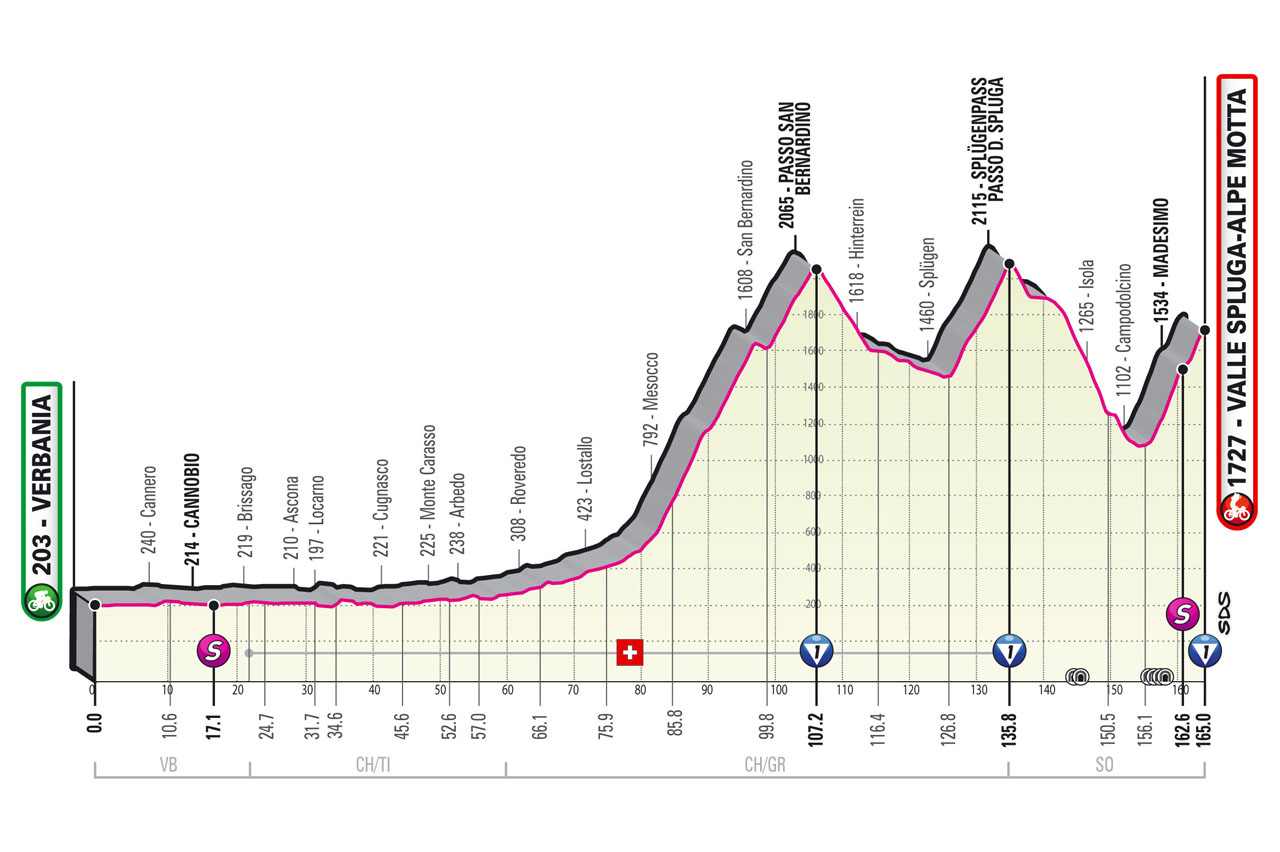
The penultimate stage from Verbania to Alpe Motta sees the race cross into Switzerland with 4,300 metres of climbing and almost all of it coming inside the second half of the 164 kilometres stage.
There will be no place to hide as the race hits the 30-kilometre long Passo di San Bernardino. The initial gradient isn’t too steep but after stage 18 almost everyone will be on their knees before a long descent and then tackling the Passo della Spluga, which has only featured in the race once, back in 1965. The race returns to Italy soon after the climb with a 16 kilometre descent and the final chance for the climbers to put the time trialists to the sword on the last climb of the race, the Alpe Motta.
Finally, the race concludes with a 30.3 kilometre test to Milan - almost double the length of the final test from 2020.
How relevant the final time trial will be, remains unclear, but in 2020 and 2017 for example, the race lead changed on the last day of racing, and given the terrain and the caliber of riders at this year’s Giro d’Italia we could be treated to something similar. The final winner of the 2021 Corsa Rosa could be decided by seconds in the final metres of the three week race.
The Maglia Rosa contenders
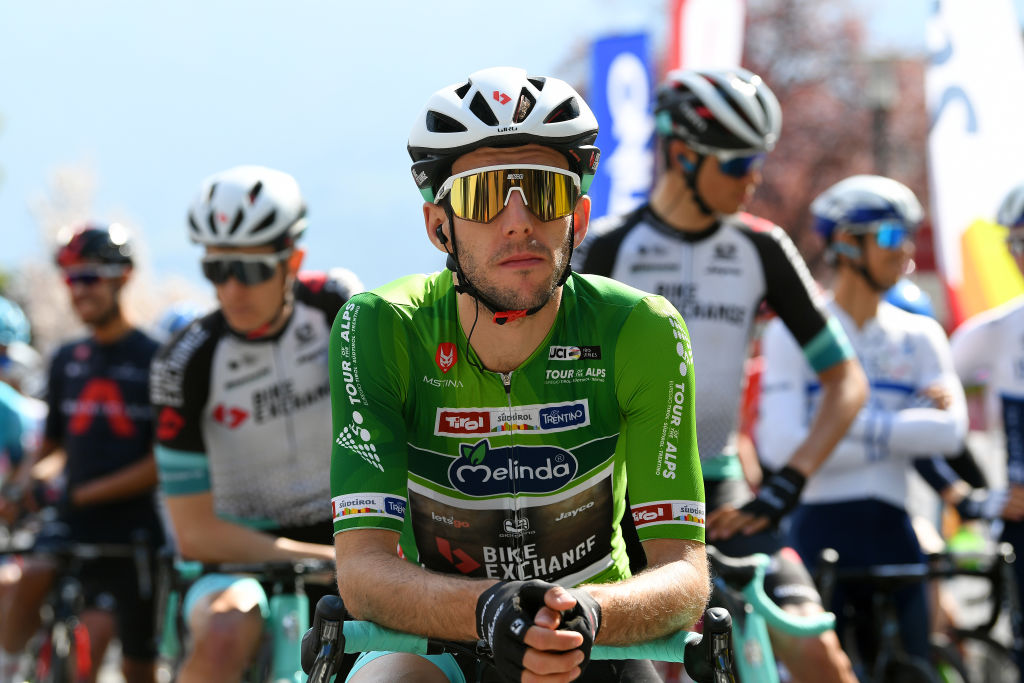
This year’s Giro d’Italia is awash with stage racing talent with the experience of Vincenzo Nibali mixed with the exuberance of Grand Tour debutant Remco Evenepoel.
The favourites for the Giro are Egan Bernal and Simon Yates but riders like Joao Almeida, Mikel Landa, Hugh Carthy, Jai Hindley, and Alexandr Vlasov are among a host of potential contenders who cannot be ignored.
As last year demonstrated, form and reputation can be confused, and as Almeida also showed, new contenders can emerge. The Giro d’Italia always has a knack for eliminating pretenders to the throne while at the same time taking out big stars at surprising moments.
Ineos Grenadiers certainly come to the race with one of their strongest ever teams. There are still lingering questions over the durability surrounding Bernal and his back problems of 2020 but he lines up with by far the strongest team in the race with Ivan Sosa, Pavel Sivakov, Jonathan Castroviejo, Daniel Martinez and Ganna all set to form part of his entourage.
Vlasov will no doubt either crumble early on or mount a serious challenge - although his current form points to the latter – and he has an experienced squad around him with the likes of Gorka Izagirre, Luis Leon Sanchez, and Fabio Felline likely to all race.
Mikel Landa and Pello Bilbao both can reach the podium, and Emanuel Buchmann will be hoping to refind the form that saw him finish fourth in the Tour de France just a couple of years ago.
Hugh Carthy leads the line for an eclectic-looking EF-Education Nippo team, while Dan Martin will no doubt feature in the mountain stages for Israel Start-Up Nation and could contents for a podium spot if he can remain consistent.
Jai Hindley will be looking to prove that his runner-up spot from 2020 was the start of something special rather than the pinnacle, and with Romain Bardet in the Team DSM line-up, he certainly has a reliable sounding board when it comes to dealing with pressure.
George Bennett has a rare chance to lead Jumbo-Visma in a three-week race, and although his team is lacking major support in the mountains, the Kiwi is a reliable option for the top ten.
Davide Formolo has taken the UAE Team Emirates leadership reins from Brandon McNulty, and Trek-Segafredo has three potential cards to play in Bauke Mollema, Giulio Ciccone, and two-time winner Vincenzo Nibali, whose participation is still unclear but looking more likely.
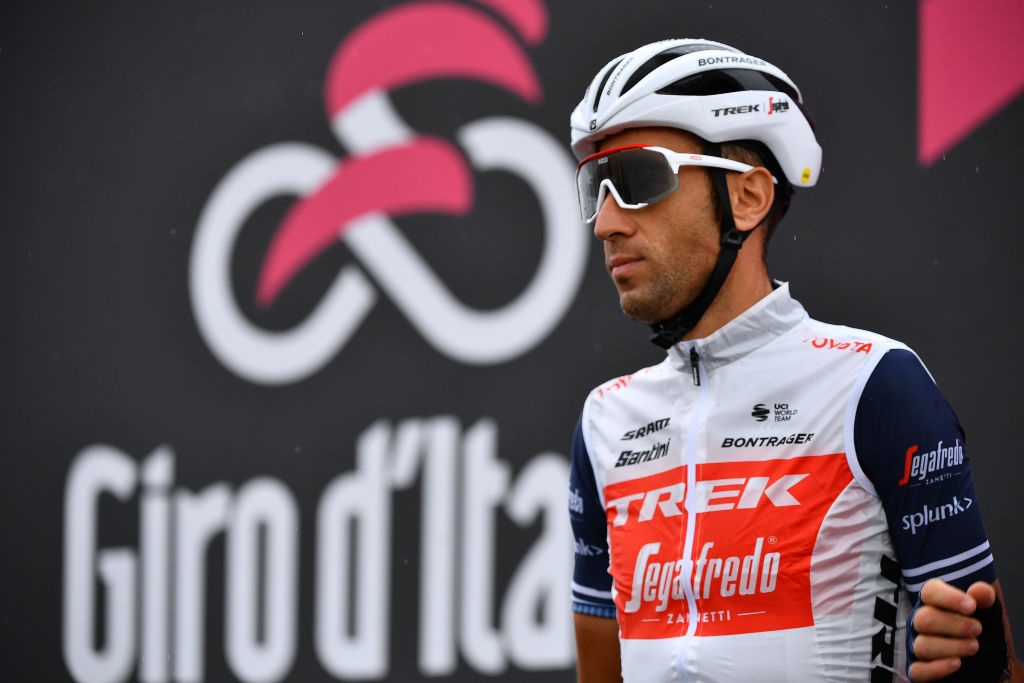
Deceuninck-QuickStep have last year’s revelation, Joao Almeida, down as their GC leader but the presence of Evenepoel should not be forgotten.
The young Belgian may not have raced since his horrific crash last season at Il Lombardia but if he can regain his old form then he could be the most fascinating rider to watch throughout the race.
Finally, we come to Simon Yates, who came tantalizingly close to winning the race in 2018 only to crumble and fall out of the maglia rosa with the finish in sight. The 28-year-old insists that he hasn’t peaked too soon after a convincing win in the Tour of the Alps but as with all the Giro d’Italia contenders, time will tell.
Sprinters
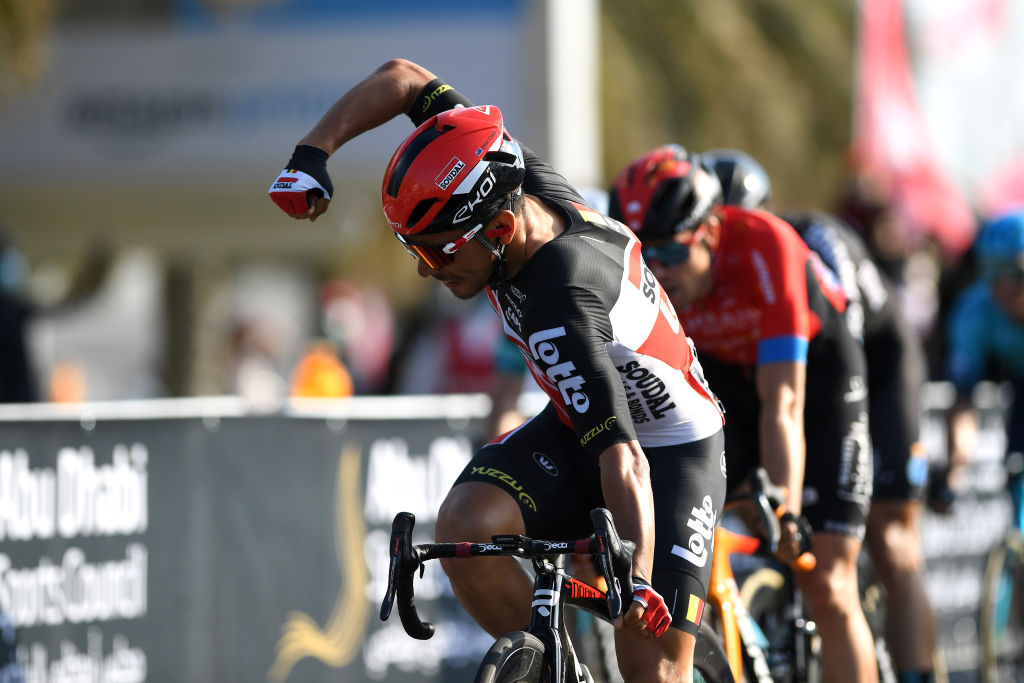
There are potentially five stages for the pure sprinters in this year’s Giro d’Italia, with Caleb Ewan (Lotto Soudal) the obvious favourite.
The Australian is looking to win Grand Tour stages in all three Grand Tours this year so the chances of his reaching Milan are slim but he’s arguably the fastest rider in the race, and he arrives with a team almost entirely focused on his hopes of adding to the three Giro stage wins he already has to his name.
Peter Sagan (Bora-Hansgrohe) takes part and has shown in the Tour of Romandie that talk of his demise has been once again mistaken. The three-time world champion isn’t as rapid as Ewan in a straight line but he can climb and as he showed in last year’s race, he can venture off the front and win in more ways than just a pure sprint.
Giacomo Nizzolo holds Qhubeka Assos’ best chance of winning a stage, and will be aiming for his first in the race, while Fernando Gaviria is still in the hunt for selection within UAE Team Emirates after his spring injury sustained in E3 Saxo Bank Classic.
Elia Viviani (Cofidis) will be desperate to get back to something like his best after a difficult 18 months, while Tim Merlier (Alpecin-Fenix) is making his Grand Tour debut but is one to watch after an excellent start to the season.
Giro d'Italia 2021 teams
- AG2R Citroën Team
- Alpecin-Fenix
- Androni Giocattoli-Sidermec (replaces Vini Zabu)
- Astana-Premier Tech
- Bahrain Victorious
- Bardiani CSF Faizanè
- Bora-Hansgrohe
- Cofidis
- Deceuninck-QuickStep
- EF Education-Nippo
- Eolo-Kometa
- Groupama-FDJ
- Ineos Grenadiers
- Intermarché-Wanty-Gobert Matériaux
- Israel Start-up Nation
- Jumbo-Visma
- Lotto Soudal
- Movistar Team
- Team BikeExchange
- Team DSM
- Team Qhubeka Assos
- Trek-Segafredo
- UAE Team Emirates
Get The Leadout Newsletter
The latest race content, interviews, features, reviews and expert buying guides, direct to your inbox!
Daniel Benson was the Editor in Chief at Cyclingnews.com between 2008 and 2022. Based in the UK, he joined the Cyclingnews team in 2008 as the site's first UK-based Managing Editor. In that time, he reported on over a dozen editions of the Tour de France, several World Championships, the Tour Down Under, Spring Classics, and the London 2012 Olympic Games. With the help of the excellent editorial team, he ran the coverage on Cyclingnews and has interviewed leading figures in the sport including UCI Presidents and Tour de France winners.
Latest on Cyclingnews
-
'It's about being tough and who wants it the most' – EF Education-Oatly and Borghesi clinch Paris-Roubaix Femmes podium
Former winner Alison Jackson takes fifth to round out US team's successful day at the Queen of the Classics -
'We tried to have a hard race, but we missed the most important attack' – SD Worx-ProTime salvage a podium at Paris-Roubaix Femmes
Belgian squad grab third place via Lorena Wiebes after team couldn't stop Pauline Ferrand-Prévot from soloing to glory -
'It's so, so hard. I just want to cry' - Lidl-Trek left fruitless at Paris-Roubaix Femmes despite multiple attacks
Emma Norsgaard and Ellen van Dijk light up Hell of the North, but come away empty-handed -
An attacking day in the Basque Country hills on final stage of Itzulia 2025 - LIVE
Almeida beats Enric Mas in final sprint as Spaniard jumps onto podium
